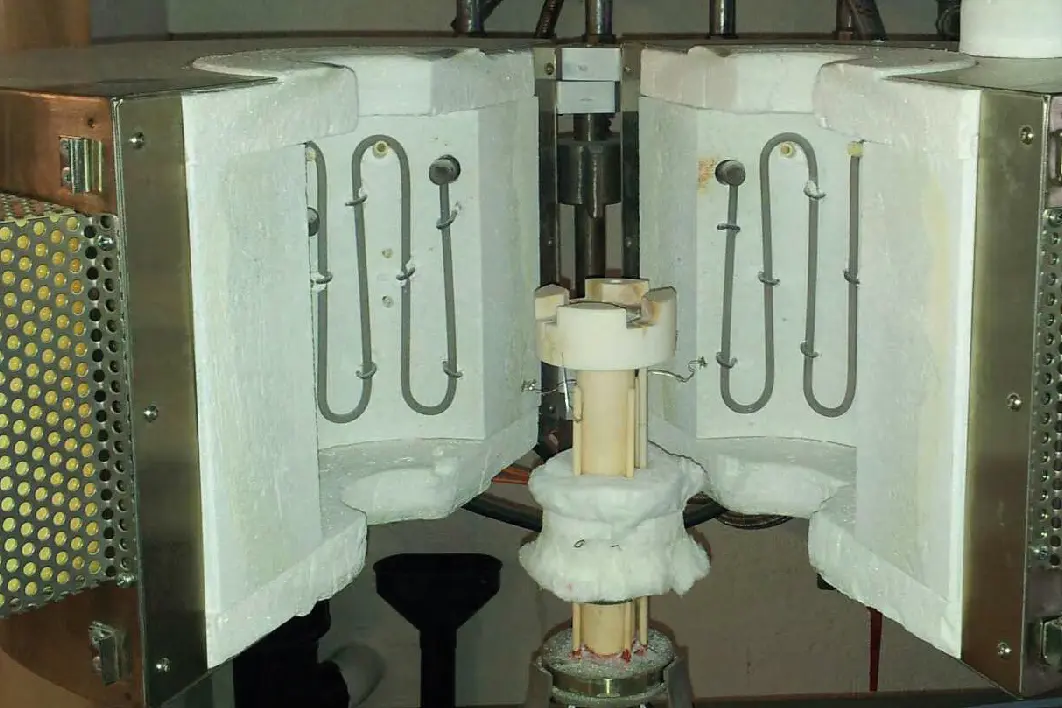Transmission Line Model for the Analysis of Fuel Cells
The performance of fuel cells can be efficiently measured by impedance spectroscopy. However, the interpretation of the measurements is difficult. Even small misinterpretations lead to incorrect results. In the context of this master thesis, a method was therefore developed which, by means of modelling, makes it possible to correctly evaluate the measurement data.

Difficult development work
Fuel cells convert combustible materials such as hydrogen and natural gas into electricity and heat. Fuel cells are already being used in industry and the private sector in many different ways - for example, as a battery replacement in electronic devices or in hydrogen-powered cars. One main reason for using this energy conversion process is that the cells are quieter than engines and lighter than batteries. However, in order to be able to benefit from these advantages in previously untapped application areas, further development work must be carried out. What is needed are precise measurements of the process in the cells and careful interpretation of the measurement results. In the case of fuel cells, however, this is particularly difficult.
Small uncertainties with big implications
A simple standard method for calculating the performance of fuel cells is to measure the voltage and energy flow of a cell in operation. However, this method cannot be used to determine the performance of the individual components of the cell. There are numerous measurement methods that take this into account. In particular, the very potent method of impedance spectroscopy has become established. Here the performance of cells can be determined by means of a frequency-dependent voltage-current analysis. The problem with this method, however, is that it is difficult to interpret the measured spectra. Even the smallest error in reading the determined values can lead to completely different or even complementary conclusions. So if the performance of fuel cells is to be sustainably improved, this problem must first be dealt with.
Correct interpretation using complex models
In order to avoid errors in the interpretation of the measured spectra, a model was created in the context of this master's thesis, with which the complexity of the measured process can be better represented. Thanks to this model, it is now possible to determine the performance of fuel cells more accurately and unerringly. In order to complement the impedance spectroscopy method, several calculation models have been combined: Both empirical electrical equivalent circuit diagrams and detailed physical-chemical models have been integrated. In addition, an application was developed which allows to read in and compare different measured EI spectra. Thanks to the calculation and programming work carried out, it is now possible to further expand the application range of fuel cells through targeted research.
With his Master's thesis "Transmission Line Model for the Analysis of Impedance Spectra of High-Temperature Fuel Cells with Ni/YSZ Anodes" Michael Dold obtained his Master of Science in Engineering (MSE) degree. He was supervised at the Institute of Computational Physics. After his studies Michael Dold accepted a position at Hexis AG.
Supervisor: Thomas Hocker